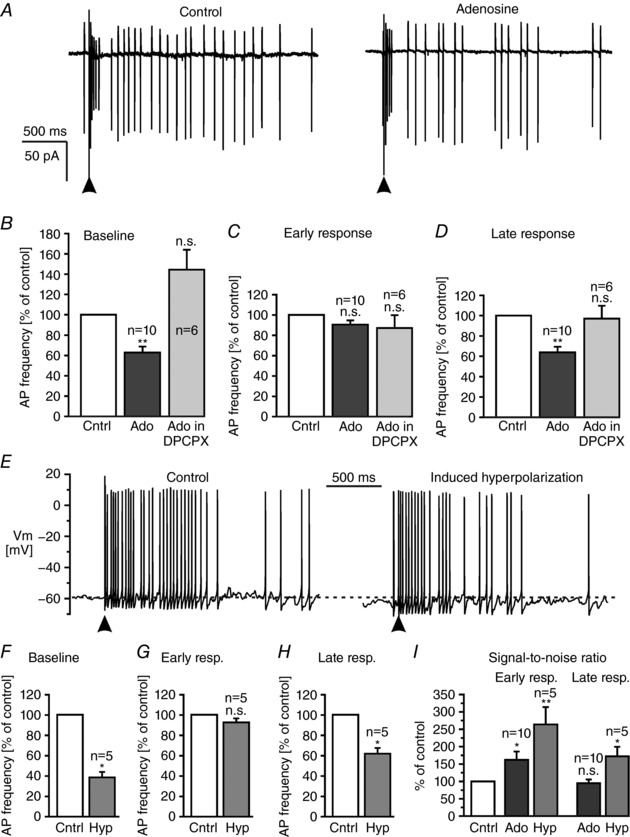Figure 9. Adenosine increases the signal‐to‐noise ratio of the input–output relationship of mitral cells.

A, cell‐attached recording of action potentials following single pulse stimulation (100 μA, 50 μs; indicated by an arrowhead) of olfactory sensory neurons in the absence (control) and in the presence of 100 μm adenosine. B, effect of adenosine on baseline firing, C and D, early response (C) and late response (D) in control experiments and in the presence of DPCPX. E, effect of hyperpolarization of approximately 3 mV induced by negative current injection on action potential firing evoked by electrical stimulation of olfactory sensory neurons in current clamp recordings. F, hyperpolarization (Hyp) significantly reduced the frequency of baseline firing, while G, firing rate of the early response was not affected. H, hyperpolarization reduced the firing rate of the late response. I, adenosine and current‐induced hyperpolarization increased the signal‐to‐noise ratio of the early response in mitral cells. Adenosine had no effect on the signal‐to‐noise ratio of the late response, while induced hyperpolarization also increased the signal‐to‐noise ratio of the late response. n.s., not significant.
